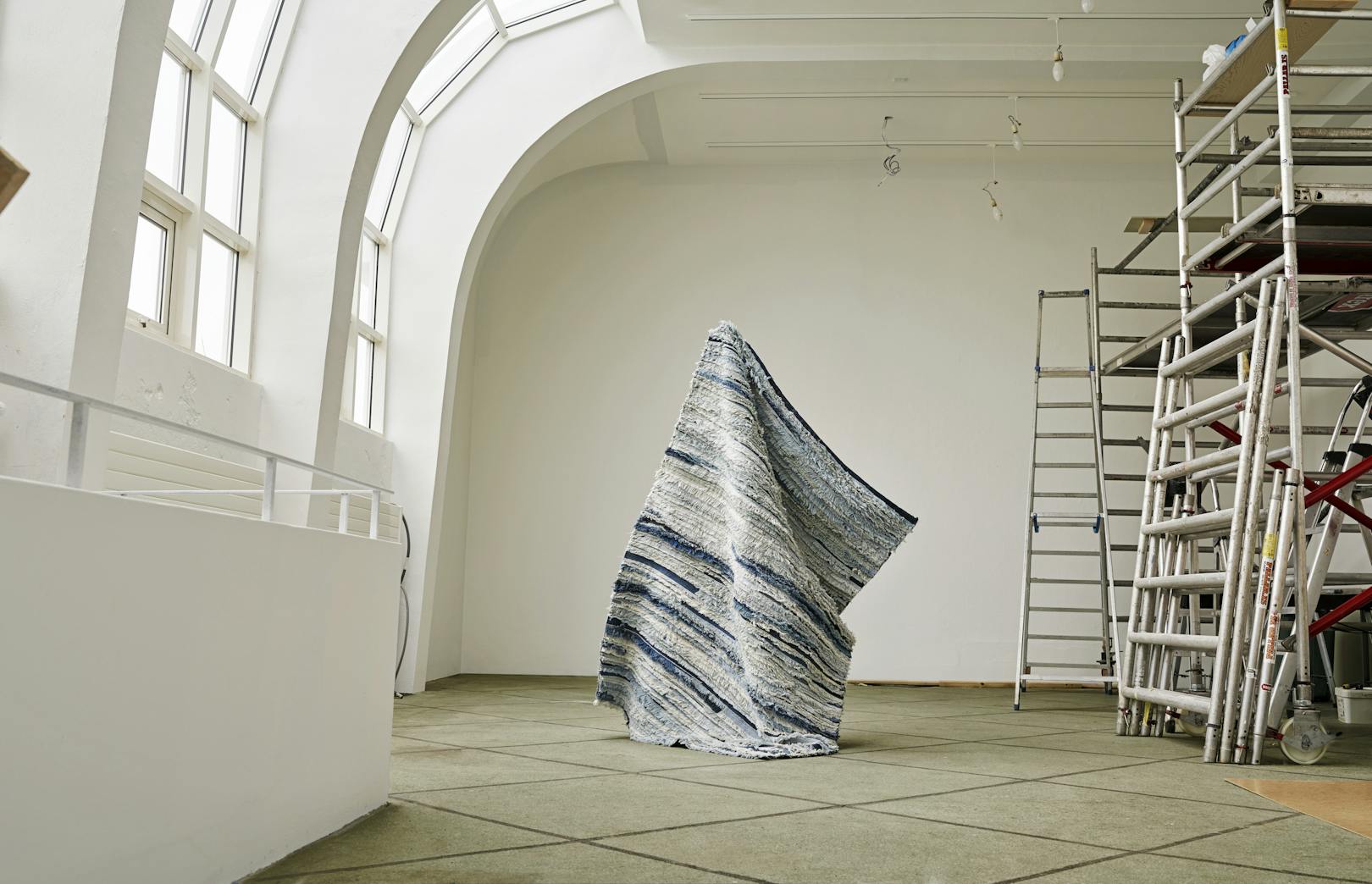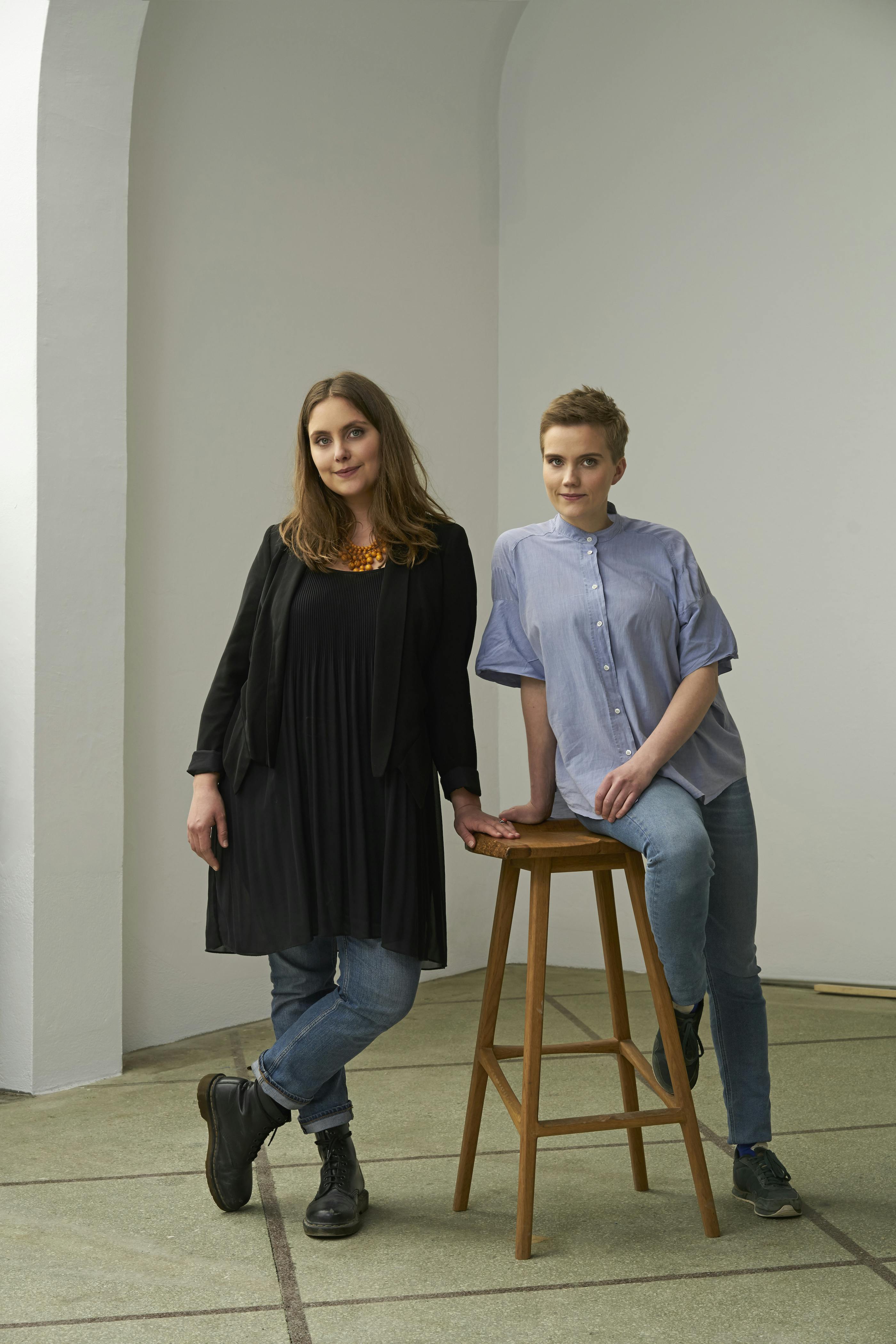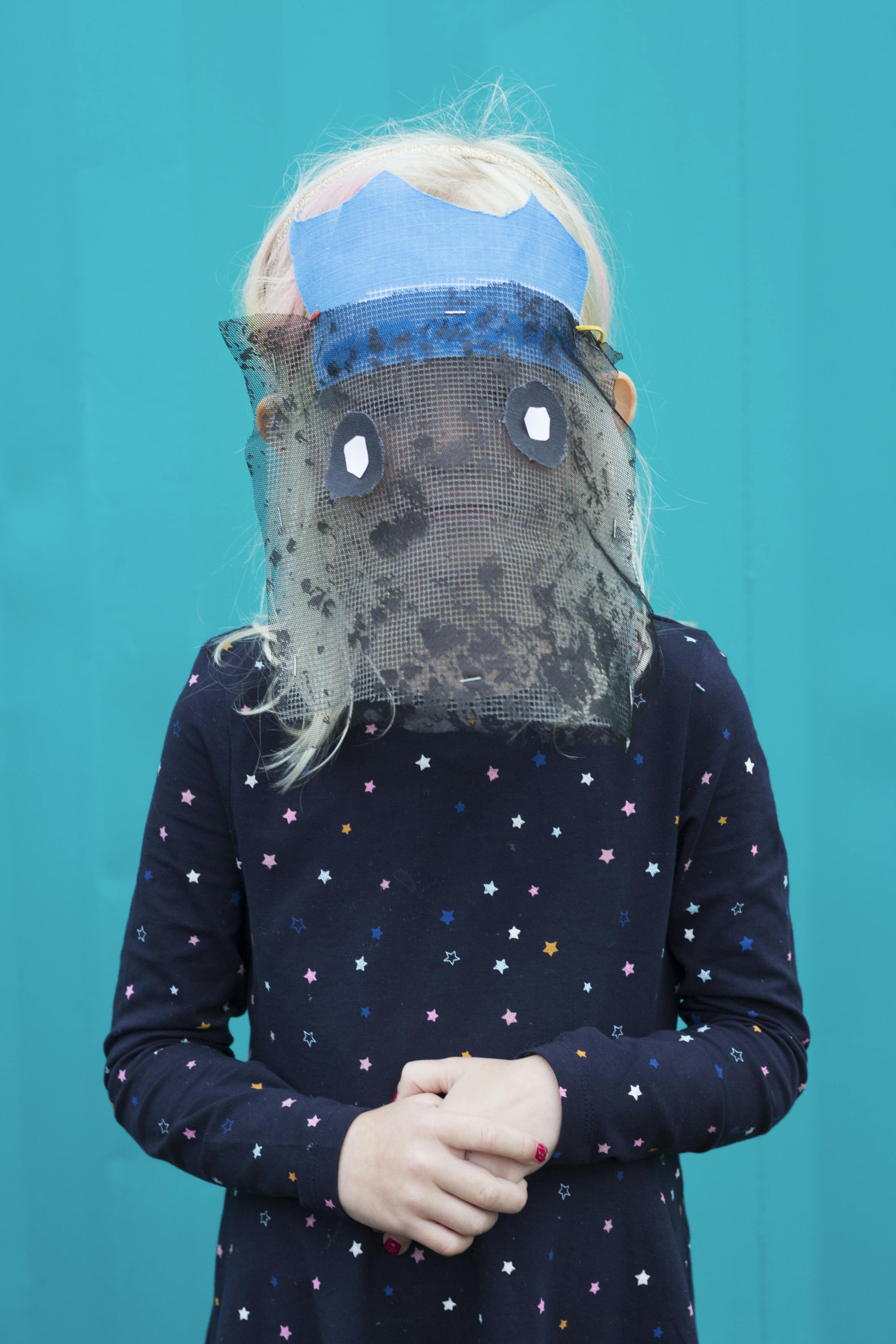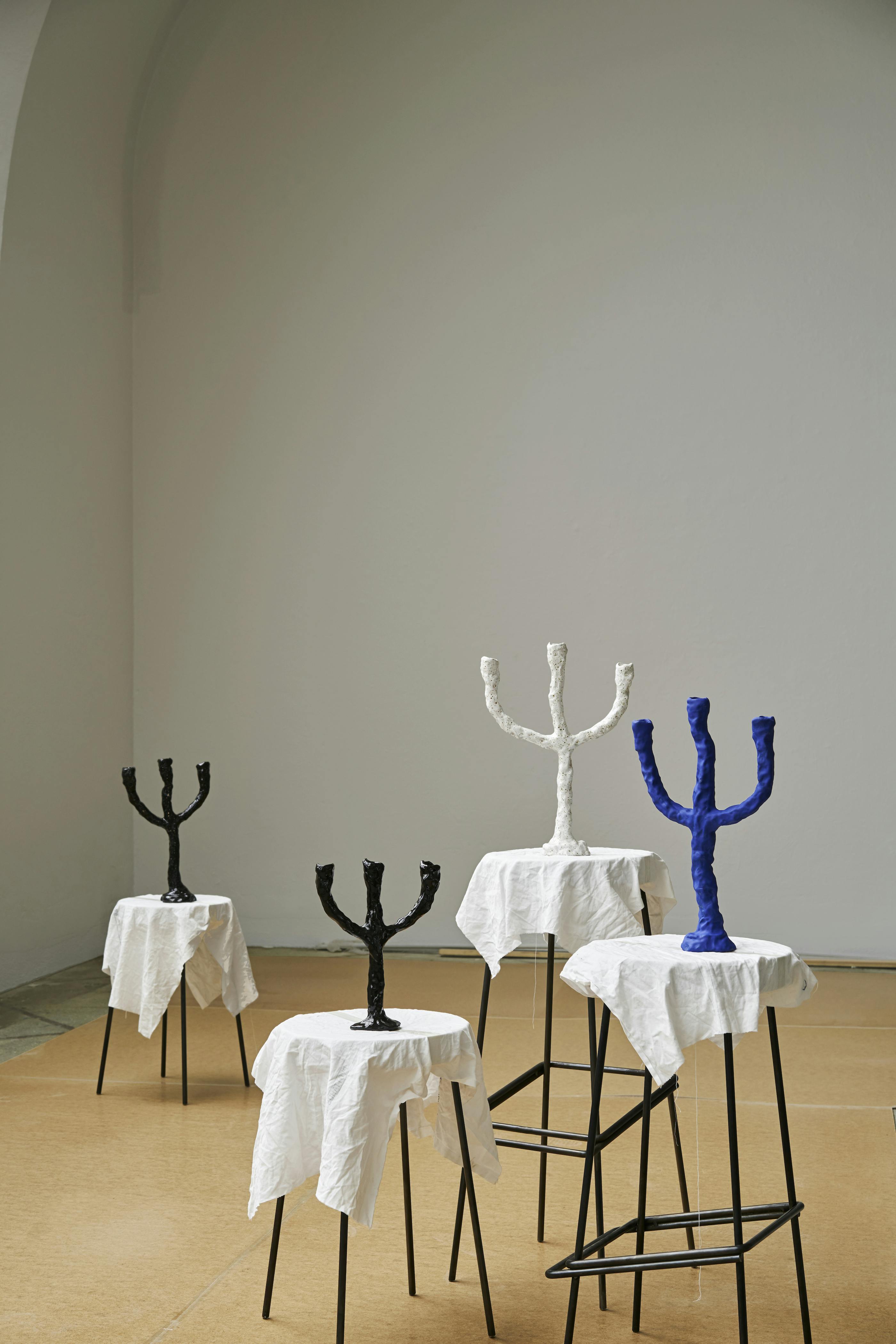Flétta design studio

We want to raise awareness, among companies and the wider public, of the value of unused materials that come about through all sorts of manufacturing and industrial production.
Local production and increasing awareness of the value of discarded materials in Icelandic industry and manufacturing have been the focus of the work of product designers Birta Rós Brynjólfsdóttir and Hrefna Sigurðardóttir, who recently founded the design studio Flétta. During this year's DesignMarch the studio's exhibits included their innovative candlesticks, produced in no more than a minute.
Birta and Hrefna's collaboration is not an entirely recent phenomenon. In 2014, as students of the Iceland University of the Arts, they created a project called Haugfé in collaboration with Auður Ákadóttir. Its main purpose has been to start a dialogue around the valuable materials that come about through the day-to-day operations of manufacturing companies and that are sent off to landfill or a recycling plant. Haugfé has been a link between these companies and those who have seen the value of these materials, thus finding the right users for them. “We want to raise awareness, among companies and the wider public, of the value of unused materials that come about through all sorts of manufacturing and industrial production. More often than not, companies are paying for the disposal of these materials while users are paying for new ones,” Birta says. Sometimes materials discarded by manufacturers are rare and hard for the public to track down in conventional stores.

Haugfé now possesses a database where they have registered discarded materials from over a hundred Icelandic manufacturers. They include materials of various kinds, which might prove useful for smaller manufacturers, designers, artists and craftspeople. “We have used the database to source materials for theatre groups and festivals, and also when we have given lectures and workshops. Recently we worked with waste management company Sorpa, planning the opening of a database listing discarded materials that are brought to them,” Hrefna says.

A strong sense of social responsibility runs through all the projects Birta and Hrefna take on. For the past year they have been working with the Icelandic Red Cross and fashion designer Steinunn Eyja Halldórsdóttir on finding ways to use jeans that cannot be reused in Iceland due to their condition and are therefore sent overseas for recycling. The project is ongoing and the results of this work – rugs and tapestries made of denim – were one of the two projects exhibited by Flétta during DesignMarch.
The other project presented by Flétta garnered quite a lot of attention from the foreign media: a candlestick produced in one minute. “We want to support local manufacturing and we appreciate good craftsmanship, when things are alive and possess their own character. That was why we wanted to design a product we ourselves could shape. Since we are both quite familiar with clay, that was an obvious choice of material,” Birta says, adding that the candlesticks are an attempt to mass-produce handmade objects in Iceland in a cost-effective manner. “Through repeated experiments, we succeeded in cutting production time down to a minute, that being the part of the process over which we had the most influence.”
